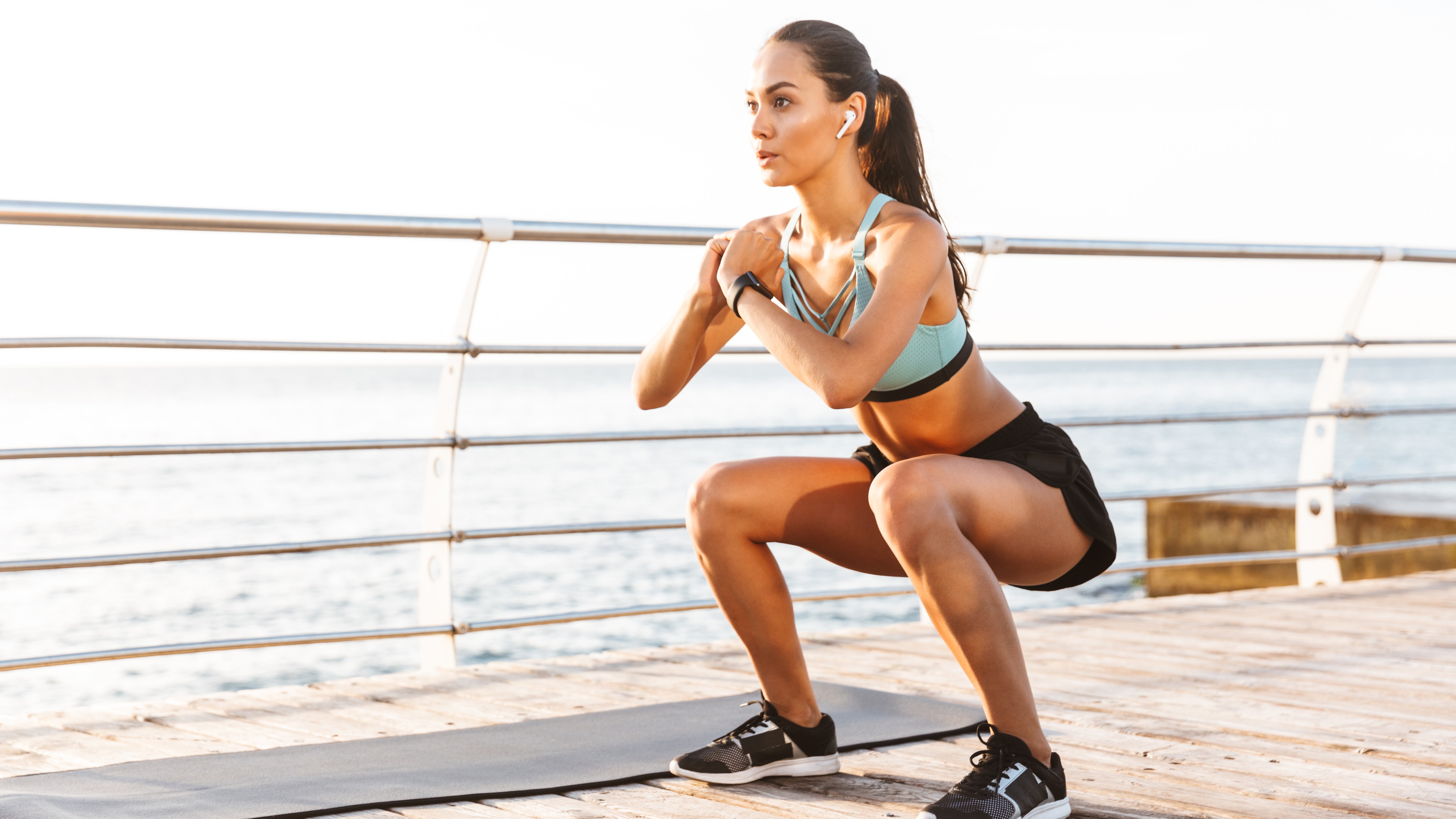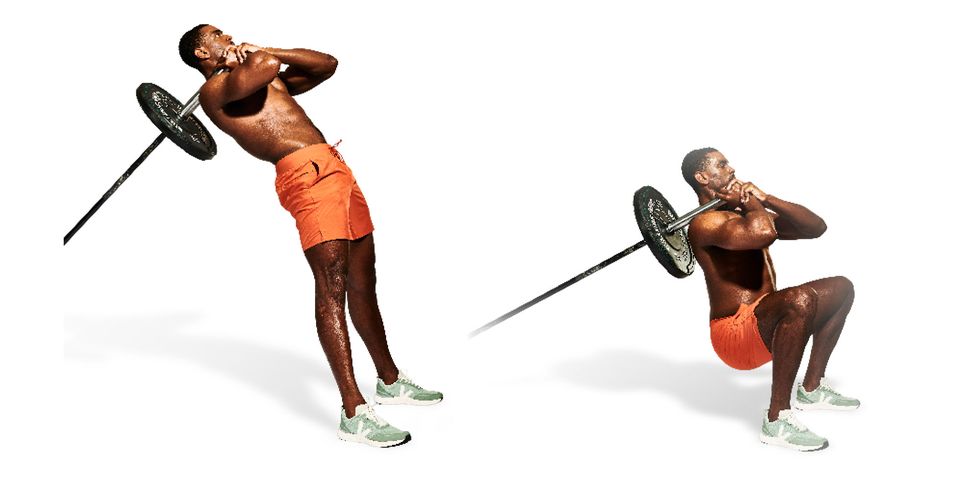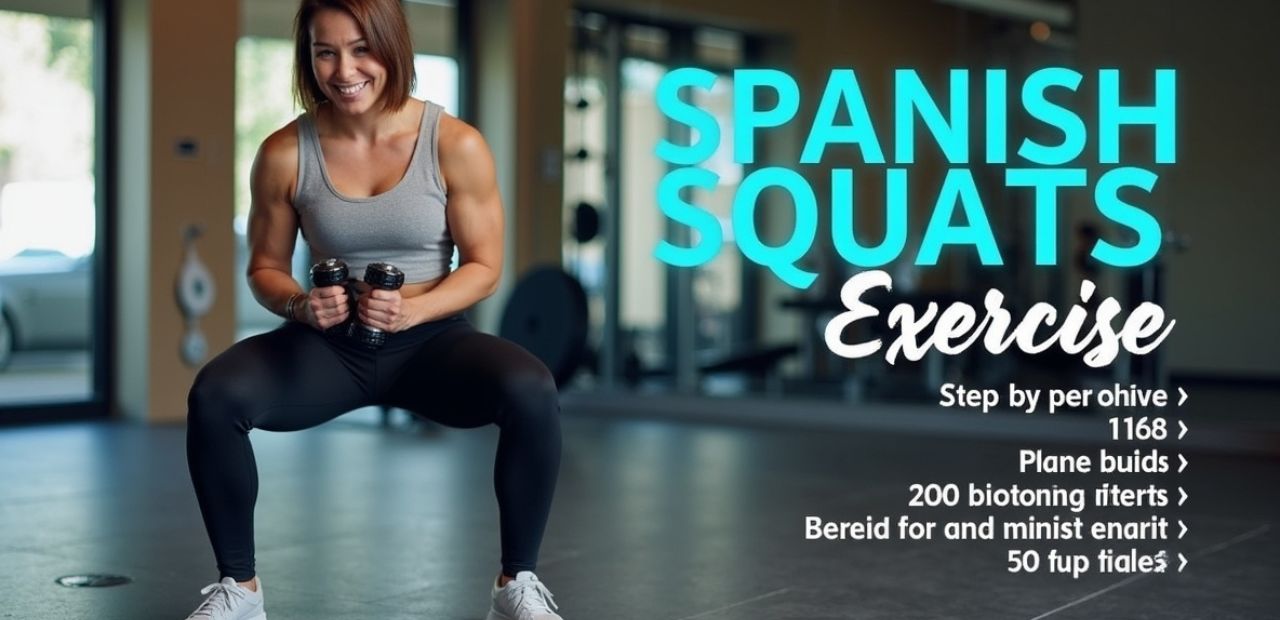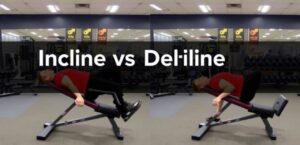When it comes to building stronger, more defined quads, not all exercises are created equal. One lesser-known yet incredibly effective movement is the Spanish Squat Exercise. This unique exercise targets the quadriceps in a way that traditional squats or leg presses don’t, offering a fresh challenge to your leg day routine.
In this article, we will explore how to properly perform the Spanish Squat, its benefits, and why it’s a must-try exercise for anyone looking to strengthen and shape their quads.
What is the Spanish Squat Exercise?

src:zyvirx.com
The Spanish Squat is a variation of the standard squat that focuses on isolating the quadriceps. Unlike traditional squats, which rely heavily on the glutes and hamstrings, the Spanish Squat emphasizes knee extension and targets the front of the leg.
The exercise is performed using a resistance band or a cable machine, with the individual’s body weight as the main resistance.
Benefits of the Spanish Squat:
- Quad Isolation: This exercise isolates the quadriceps more effectively than many other leg exercises.
- Increased Range of Motion: The movement allows for a deeper knee bend, which can enhance flexibility and strength in the quadriceps.
- Improved Joint Stability: Regular practice can improve knee joint stability and mobility.
- Reduced Pressure on Lower Back: Unlike barbell squats, the Spanish Squat puts less strain on the lower back, making it a great option for individuals with back concerns.
How to Perform the Spanish Squat Exercise: Step-by-Step

src:zyvirx.com
Before diving into the details of how to perform this exercise, it’s essential to ensure proper form to avoid injury and maximize results.
Step 1: Set Up the Equipment
For the Spanish Squat, you’ll need a sturdy resistance band or cable machine. If you’re using a resistance band:
- Attach the band to a low anchor point (like a bench or a squat rack).
- Place the band around the upper part of your ankles.
If you’re using a cable machine, attach the ankle straps to the low pulley.
Step 2: Position Your Body
- Stand with your feet about shoulder-width apart, facing away from the anchor point.
- Step back a few inches to create tension on the band or cable.
- Keep your torso upright and engage your core throughout the movement.
Step 3: Lower Into the Squat
- Slowly lower yourself into a squat position by bending your knees. Focus on keeping your knees aligned with your toes, not letting them cave inwards.
- Keep your weight on your heels while pressing your knees forward to increase the stretch on the quads.
- Lower yourself as deep as you can while maintaining proper form.
Step 4: Return to Standing
- Press through the balls of your feet and straighten your legs to return to the starting position.
- Ensure your knees are fully extended but not locked out.
- Repeat for the desired number of reps.
Tips for Performing the Spanish Squat Correctly
- Maintain Proper Posture: Keep your chest lifted and back straight throughout the movement to avoid strain.
- Engage Your Core: This will help with stability and prevent unnecessary pressure on your lower back.
- Controlled Movement: Perform the exercise slowly and with control to maximize the tension on your quads.
- Focus on the Quadriceps: Concentrate on using your quadriceps to lift your body back up, rather than relying on your glutes or hamstrings.
How the Spanish Squat Benefits Your Quads?
The Spanish Squat is a powerful tool for strengthening the quadriceps, as it places a significant amount of tension on the muscles of the front thigh. By allowing you to focus solely on the quads, it can lead to more muscle recruitment and, over time, greater muscle development.
For athletes, bodybuilders, or fitness enthusiasts, adding the Spanish Squat to your routine can help enhance the aesthetics of the leg muscles and improve overall leg strength.
Common Mistakes to Avoid in the Spanish Squat
To maximize the benefits of this exercise, avoid these common mistakes:
- Allowing the knees to cave inward – This can strain your knees and reduce the effectiveness of the exercise.
- Not engaging the core – Failing to stabilize your core can lead to poor posture and potential lower back pain.
- Rushing the movement – Speeding through the reps will take away from the muscle-building benefits of the exercise. Focus on slow, controlled movements.
Incorporating the Spanish Squat into Your Leg Day Routine
The Spanish Squat is an excellent addition to your leg day workout, especially if you’re looking to target the quadriceps more directly. Here’s how you can incorporate it into a typical leg workout:
- Warm-Up: Start with a dynamic warm-up focusing on the legs and hips.
- Main Workout: Perform 3-4 sets of 10-12 reps of the Spanish Squat.
- Additional Leg Exercises: Follow up with other leg exercises like traditional squats, lunges, or leg presses.
- Cool Down: Finish with stretching to improve flexibility and prevent muscle tightness.
Conclusion
The Spanish Squat is a fantastic exercise for anyone looking to strengthen their quads and improve their overall leg development. By isolating the quadriceps in a way that traditional squats don’t, it provides a fresh challenge to your muscles, helping you break through plateaus and see real progress.
Whether you’re a beginner or an advanced lifter, adding the Spanish Squat to your workout routine can yield noticeable results in both strength and muscle definition.
Remember, consistency is key, and focusing on form and control will ensure you get the most out of this incredible exercise!

Emily Rose Johnson is a passionate writer with a knack for crafting engaging content. She specializes in communication strategies, digital marketing, and creative storytelling.









